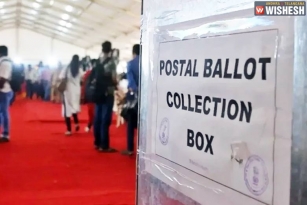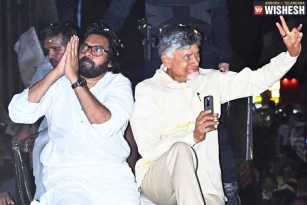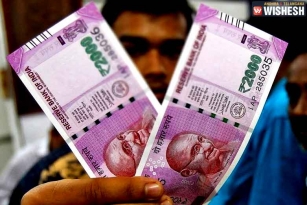
Narendra Modi government and the Reserve Bank of India (RBI) remain at odds over how crucial decisions are to be made. Both have agreed this week to formally adopt inflation targeting as a guiding star for monetary policy. Both sides support the setting up of a Monetary Policy Committee. Officials said that the two sides disagree over everything else, the size of the committee, its composition and whether the central bank chief would have the final say, in the form of a veto. “There is no convergence,” said one senior policymaker.
RBI governor, Rajan triumphed by binding Prime Minister Narendra Modi’s 10-month-old government to a monetary strategy built around inflation targeting, a trend followed by other major central banks in both developed and emerging market economies. Just days after the government presented its first full budget, the RBI unexpectedly lowered its policy rate for the second time this year.
Rajan, a defender of central bank independence and former International Monetary Fund chief economist, will have to seek common ground with a government that wants its own appointees to have a role in deciding rates. “Conflict between the RBI and finance ministry cannot be ruled out,” said one finance ministry official.
After ministers welcomed Wednesday’s RBI rate cut, Rajan gave a cautious support for the 2015 / 16 budget which was presented by Finance Minister Arun Jaitley. “This is a good beginning and we are going to be watchful,” Rajan said.
By Premji

























